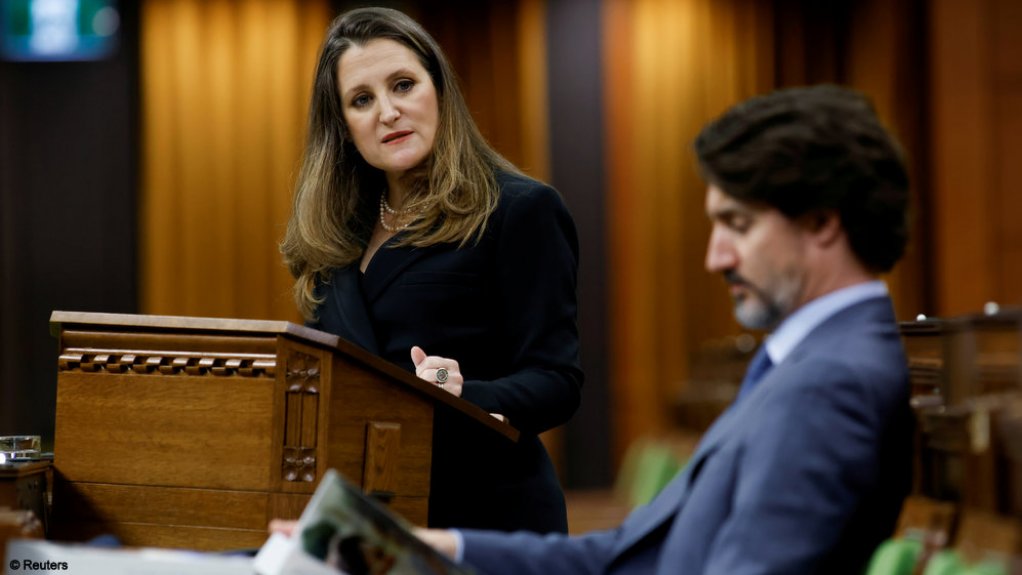Mining association says Canada’s rare earth support too modest to displace reliance on China
posted on
Apr 20, 2021 06:59AM

NI 43-101 Update (September 2012): 11.1 Mt @ 1.68% Ni, 0.87% Cu, 0.89 gpt Pt and 3.09 gpt Pd and 0.18 gpt Au (Proven & Probable Reserves) / 8.9 Mt @ 1.10% Ni, 1.14% Cu, 1.16 gpt Pt and 3.49 gpt Pd and 0.30 gpt Au (Inferred Resource)



20th April 2021
By: Mariaan Webb
Creamer Media Deputy Editor Online
The Mining Association of Canada (MAC) has welcomed several expanded and refined measures proposed in the 2021 federal Budget to support the establishment and growth of a domestic battery supply chain, but CEO Pierre Gratton said specific support targeting rare earth elements (REEs) was too modest and was insufficient to displace reliance on China.
Designed to support a domestic battery electric vehicle (BEV) supply chain, the Budget that Finance Minister Chrystia Freeland presented on Monday proposed the expansion of the Strategic Innovation Fund – Net Zero Accelerator to C$8-billion, and introduced tax incentives.
“We need battery grade nickel, cobalt, lithium and graphite and we are pleased to see programmes and tax measures that we believe can support filling or expanding domestic production of these materials,” said Gratton.
Specific supports targeting REEs, including the establishment of a Critical Minerals Centre of Excellence that will focus on coordinating federal policy and programmes on critical minerals and C$36.8-million over three years for federal research and development to advance critical battery mineral processing and refining expertise, were positive, but modest.
REEs, a subset of critical minerals, are used in a wide range of essential technologies including in healthcare, defence, clean energy and telecommunications. To date, China has coerced the market for these key materials, developing monopoly-like control over their production and distribution, thus rendering the rest of the world reliant on China for procurement. To help address this vulnerability, Canada and the US signed a Joint Action Plan to partner in creating greater North American resilience and independence in the extraction, processing and manufacturing of REEs and magnets.
“Canada has the potential to be a global leader in this space, achieve critical mineral self-sufficiency and meet our allies’ growing demand for critical minerals all while doing so in an environmentally responsible way.
“While the supports included in Budget 2021 signal strong support for establishing a battery supply chain, including the minerals and metals that support battery manufacturing, more must be done to specifically advance REE development in Canada if we are to be an equal and credible partner with the United States in shoring up a domestic North American supply chain for these materials,” said Gratton.
Last year, MAC released the results of a national poll, which highlighted public enthusiasm for Canada to grow market share as a preferred global supplier of critical minerals, based on abundance and leading environmental standards. Almost 90% of those surveyed by Abacus Data liked the idea of Canada being a preferred source for critical minerals and would like to see government take a number of steps to support this approach.
Other aspects of the Budget that will have a positive impact on Canada’s mining sector include: ![]()